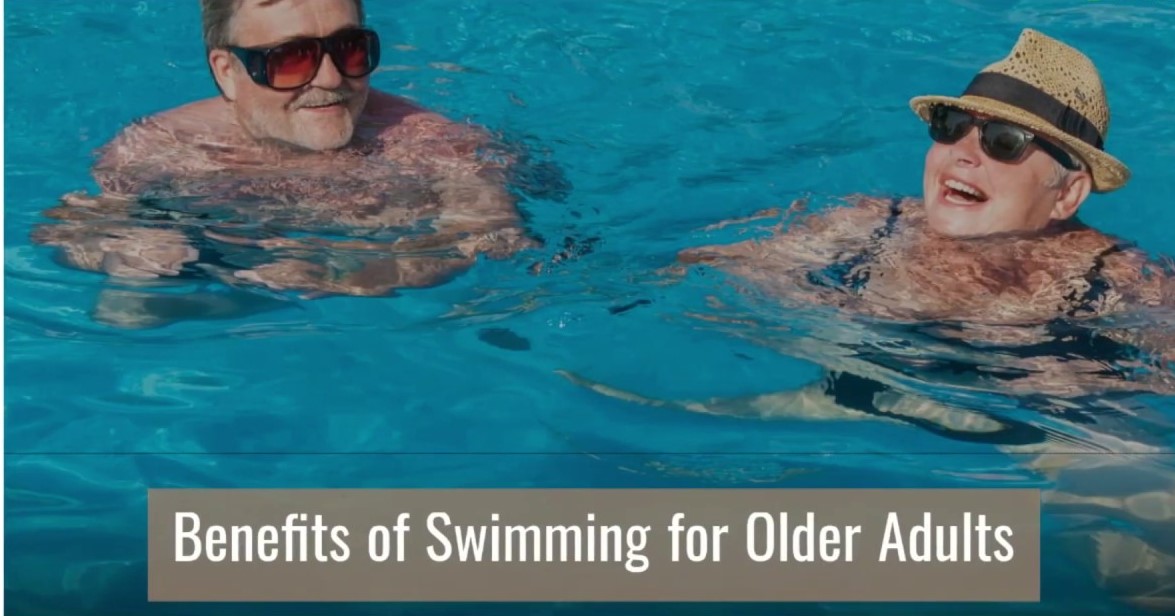~ by Carol Vartuli
Splish, Splash: Swimming for Exercise
How can you exercise all your muscles, avoid injury, and not break a sweat?
If you guessed walking, biking, or weight lifting, you’re mistaken.
Swimming is the way to go. Highly recommended by physicians and physical therapists, "swimming is the fourth most popular sports activity in the United States and a good way to get regular aerobic physical activity. Swimmers can exercise longer in water than on land without increased effort or joint or muscle pain." (CDC). One of the amenities at The Osborn is an indoor pool.
Myriad Benefits of Swimming
• Full body workout. Swimming uses all the muscles in the body, so you get a total body workout, regardless of your preferred stroke. Water resistance makes your body worker harder than regular exercise so basically 30 minutes in a pool is worth 45 minutes of exercise on land. In addition to a great cardio workout, swimming increases strength, endurance, and flexibility.
• Less stress on body. Water supports up to 90 percent of the body’s weight, putting less stress on muscles and joints. If you suffer from previous injuries or arthritis, you can avoid further injury and pain.
• Efficient calorie burning. A gentle 30-minute swim can burn over 200 calories --more than double that of walking. And a faster swim can burn calories faster than running or cycling.
• Lowered disease risk. As cardiovascular exercise, swimming even 30 minutes a week protects against heart disease, stroke, and type 2 diabetes.
• Increased wellbeing. Inactivity--not aging--is responsible for a lack of energy. Thirty minutes of swimming, three times per week, increases metabolic rate and boosts energy levels. Water also lowers stress levels, reduces anxiety and depression, and supports better sleep.
Use Your Noodle
Not a swimmer? You can reap the same benefits by exercising in water instead of on land.
'Noodles,' are colorful foam tubes that keep you buoyant in water. They also become a piece of exercise equipment in Water Aerobics. Classes can be found in many public and private pools, including at The Osborn.
Whether you participate in a class or paddle around alone, there are several ways to perform exercise in water that achieve the same benefits as walking, weight lifting, or swimming. Some examples:
• Swimming with a kickboard, using only your legs to propel yourself. Or, hold onto the pool edge and practice kicks, keeping your legs straight and making steady up-and-down movements, alternating each leg.
• Water walking, either staying in one place or propelling yourself from one end of the pool to the other. Water walking is an easy way to get your body moving and grow comfortable with the idea of a water workout. If you’re up to it, try dialing up the tempo and move into a jog.
• Pumping (foam) dumbbells strengthens arm muscles similarly to using actual iron dumbbells on land.
Just 30 minutes of aquatic exercise, three times a week, alongside a balanced, healthy diet and lifestyle, is good practice to stay physically and mentally fit, no matter what your age.
Besides access to water, swimming requires a short list of equipment: bathing suit, towel, and goggles. Add in a few foam 'weights' and noodles, and you can approximate a cool gym workout.
Everybody in the pool!
The information in the above article is not intended nor implied to be a substitute for professional medical advice, diagnosis, or treatment. Always seek the advice of your physician or other qualified health provider with any questions you may have regarding a medical condition.
Learn more about the amenities at The Osborn, including WellSpring for healthy independent senior living.
